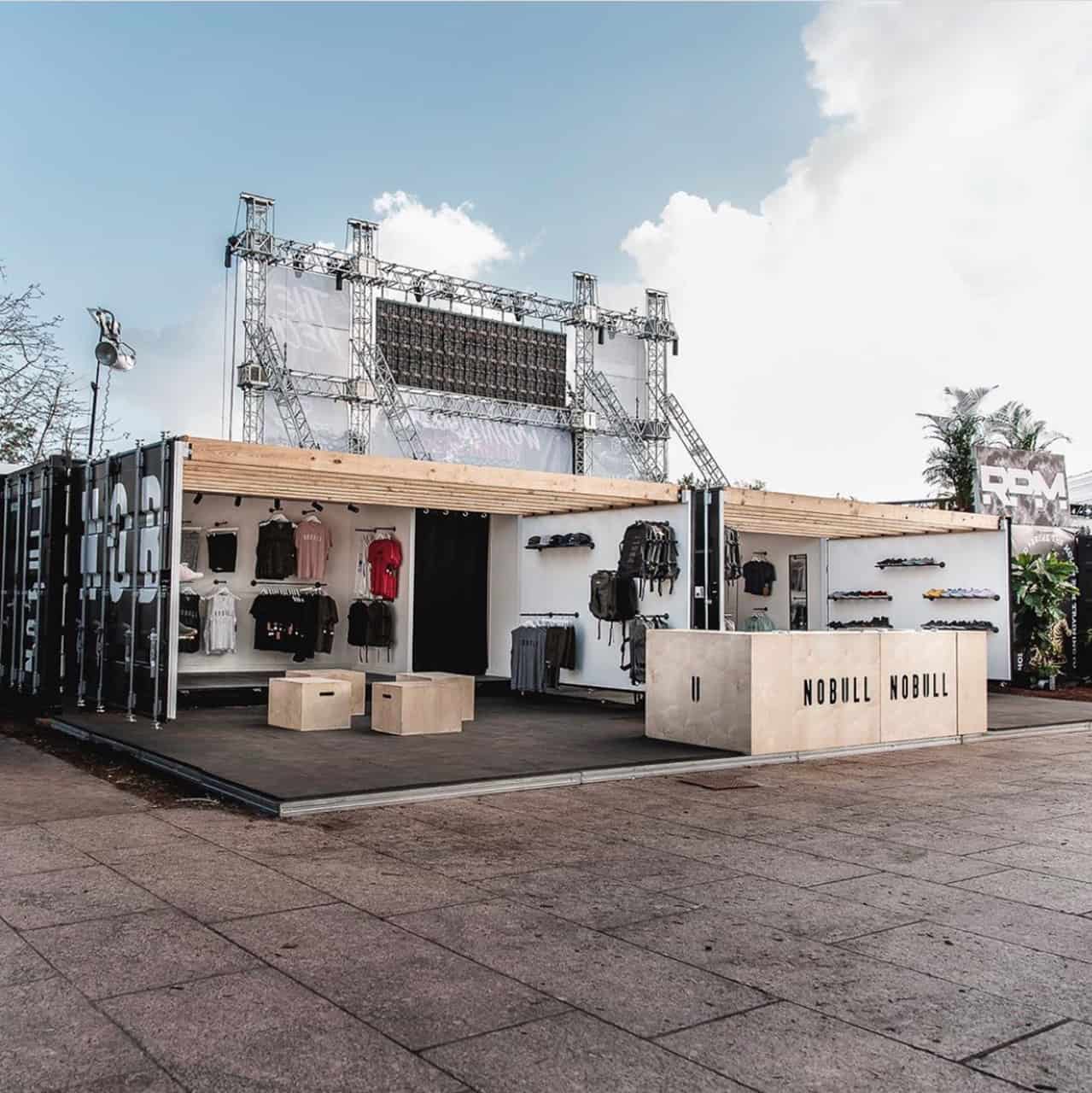Shipping containers are great for many things – like transporting large objects and long-term storage, but also for constructing beautiful buildings! This use of shipping containers used to be their lesser-known function, but in recent years, more and more shipping containers have been turned into bars, office spaces, and even homes.
It’s an ingenious design style that’s catching the eye of minimalist homeowners and large families alike. Shipping container homes make the perfect first house, downsizer, or upgrade. Fundamentally, they’re like any house: what you make of it.
If you’ve got your eyes set on an unique property that could use shipping containers, but you’re not really sure how to make it your own – use these shipping container home guidelines to turn any empty space into your own private oasis.
1. Let Light In
One of the cornerstones of beautiful interior design is to make use of natural light. With shipping container homes, though, more light is not just something pretty but very essential.
Natural light in such a setting opens up the limited space afforded by a boxy container. It will tend to make each room look and feel a bit bigger than it actually is, and also help tie all the different rooms (or, containers) together.
2. Create an Open Floor Plan
Speaking of bringing all the pieces of your home together, how much thought have you given to the actual floor plan? The layout you’re looking for plays a significant difference in how many shipping containers you’ll need, not to mention how big and sturdy each one should be.
An open floor plan will help you combine all the containers together as your home comes to life. It makes it easier to determine how each one will fit with another. Just be sure you’ve got plenty of load-bearing walls supporting your open spaces. You may need to invest in a few supporting steel beams as you cut down on the amount of closed areas in your home.
3. Focus on Form and Function
As you’re designing your shipping container house, you have to think just as much about function as you do about form. The size of your space and the walls that will support it are just one of the many things to consider.
Additional factors include:
- insulation
- ceiling height
- strong winds and any other intense weather
Heating and cooling in a shipping container home don’t really work the same as they do in standard homes. Make sure you have an insulation plan for the floors and keep in mind that this could take up to a foot off the total height of your indoor area. If you’re a fan of high ceilings, invest in taller containers to begin with. That way, you get the best of both worlds.
No matter the height, though, if you live in an area with strong winds, your shipping container home will be prone to noise as winds hit the exterior walls. This is manageable with some sort of exterior windbreaker or smart positioning.
4. Utilize Natural Elements
Once you’ve decided what to do about natural elements like strong winds or extreme temperatures, shift your focus to the natural touches you’d like to bring inside the house.
Indoor plants can make your space feel much cozier and welcoming. Large plants are great for open areas or to make use of an empty corner, while small plants are nice accents on shelves and countertops. Either way, make sure you place a few around the house; it’s such an easy way to brighten your space!
5. Play with Texture and Dimension
One of the fun parts about buying plants is figuring out what kind of pot to place them in. You can go with the classic terra cotta, a sleek and simple modern pot, or something handmade with a boho-chic feel.
Or, try mixing and matching a few different designs to come up with something entirely your own. In fact, apply this principle throughout your shipping container home’s design!
Part of making a house a home is putting your personality in every room. This isn’t something that can be easily expressed, so your home shouldn’t feel cookie-cutter or too simple. Have fun with the design process. Take chances on a few pieces that you wouldn’t normally buy and blend those with your favorite go-to’s – you’ll be surprised how breathtaking the end result can be.
6. Know Your Go-to Design Style
While it is fun to mix and match when designing a home, it’s also good to have one theme that centers every room. Your go-to design style shouldn’t define every little thing that goes into your shipping container home, but it should keep you from creating an over-the-top design.
Pick out colors and materials that match your style – like iron and navy for a modern home or exposed brick and copper for an industrial one. Whatever your main design style is, represent that in each room then mix it up with influences from other approaches to design.
7. Invest in Statement Pieces
Just as you see the design of your shipping container home coming together, take a step back and look around. What stands out to you when you walk in? What grabs your attention when you go from room to room?
If you’re having trouble finding those focal points, you’re lacking statement pieces. These are the things that really make a home unique, and they’re often the most timeless pieces, too. So if you find an accent chair you love or a mirror you need to have, make the investment and then find the perfect place to put it in your home.
Shipping Container Home Design Made Simple
At the end of the day, shipping container home design is just like the way any other home comes together. It all happens one room at a time, and the best way to figure it all out is to put your heart into it. Only go with a design that feels right to you, regardless of what’s trendy or what the “rules” of a certain style are.
The only rule that matters is that you feel at home whenever you walk in the door of your home. Things like natural light, the right floorplan, and unique statement pieces just help make that happen.
For more tips and tricks to turn a shipping container into your own space, click here.










